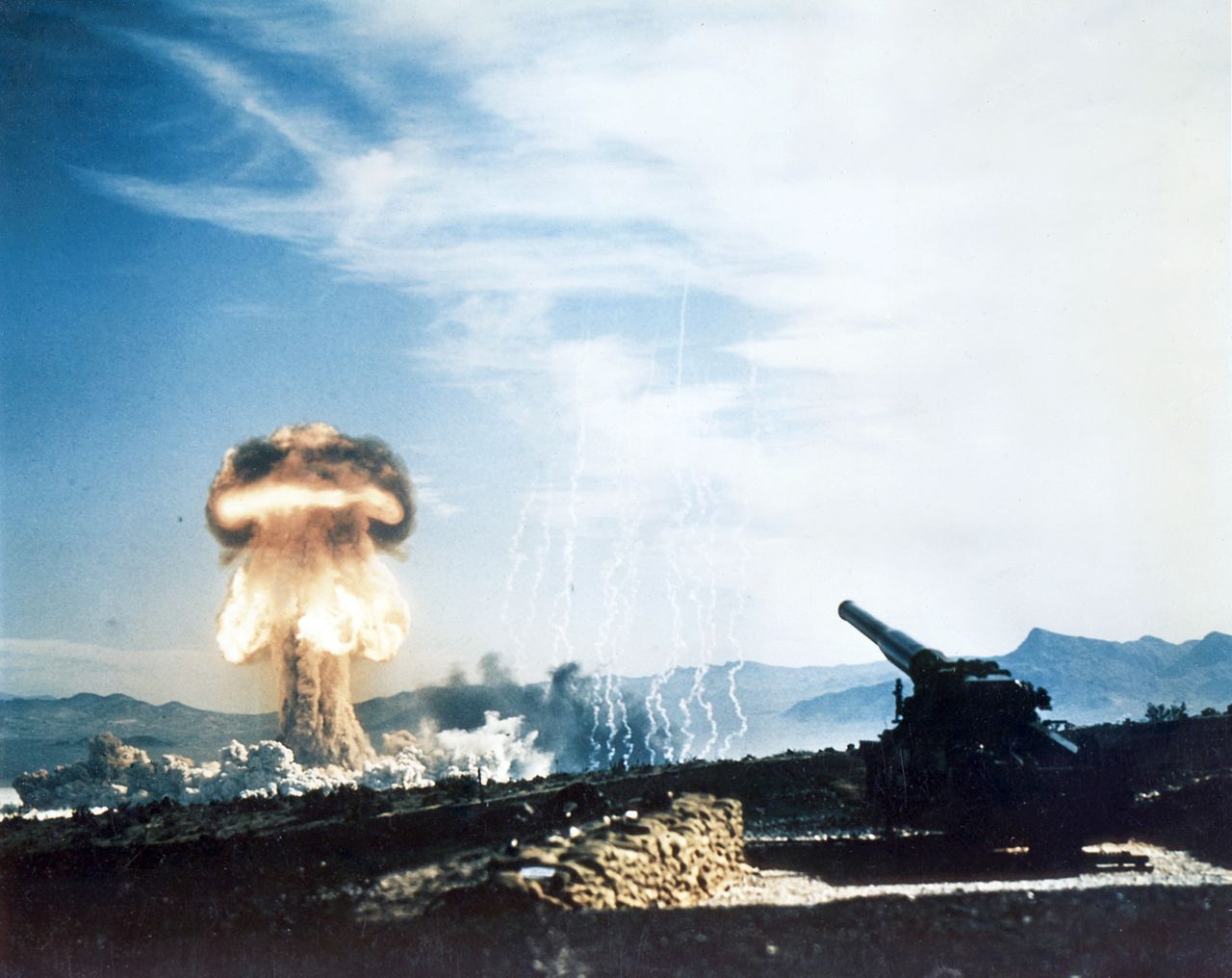Decades after the nuclear bomb tests which took place during the Cold War, researchers are finding pieces of radioactive carbon that have fallen to the deepest parts of the ocean over the years.
Deep in the Pacific Ocean, scientists have found crustaceans with high levels of radioactive carbon in their muscle tissues. The findings of the research were published in the Geophysical Research Letters last month. The evidence of radioactive carbon from the Cold War only proves how reckless human actions have been amid growing fears of negative effects caused by global warming.
“We didn’t expect such high levels of carbon-14 (radioactive carbon),” co-author Weidong Sun of the Chinese Academy of Sciences in Qingdao, China told CNN. “That means the ocean has been polluted by human activities.”
After the nuclear bomb tests during the Cold War, the amount of radioactive carbon in the atmosphere doubled. This was caused by the chemical reactions of neutrons from the bomb that interacted with the nitrogen in the air. Those reactions resulted in radioactive carbon, also known as carbon-14.
Since the nuclear tests, carbon-14 levels have decreased. However, the damage has already been done, as marine animals consumed traces of the radioactive carbon as they plunged into the ocean’s depths.
The crustaceans the scientists analyzed came from the western Pacific Ocean in extremely harsh conditions. The creatures in the area are adapting to frigid temperatures, high pressure and a lack of light and necessary nutrients. The marine animals fed on dead organisms which ended up on the ocean floor.
Using carbon dating, researchers found traces of carbon-14 in the muscle tissues. They were a lot higher than the levels of carbon normally found in the ocean.
While it would normally take 1,000 years to circulate the radioactive carbon, the ocean’s food chain caused the carbon to spread much faster than expected.
“Although the oceanic circulation takes hundreds of years to bring water containing bomb [carbon] to the deepest trench, the food chain achieves this much faster,” lead author Ning Wang of the Chinese Academy of Sciences in Guangzhou, China said in a statement.
Researchers learned that crustaceans in the trenches lived four times longer and grew larger than the crustaceans which live in shallow water. They lived 10 years on average and grew to be about 3.6 inches long. Crustaceans in shallow water survive less than two years and grow roughly 0.8 inches.
“There’s a very strong interaction between the surface and the bottom, in terms of biologic systems, and human activities can affect the biosystems even down to 11,000 meters, so we need to be careful about our future behaviors,” Sun said. “It’s not expected, but it’s understandable, because it’s controlled by the food chain.”





